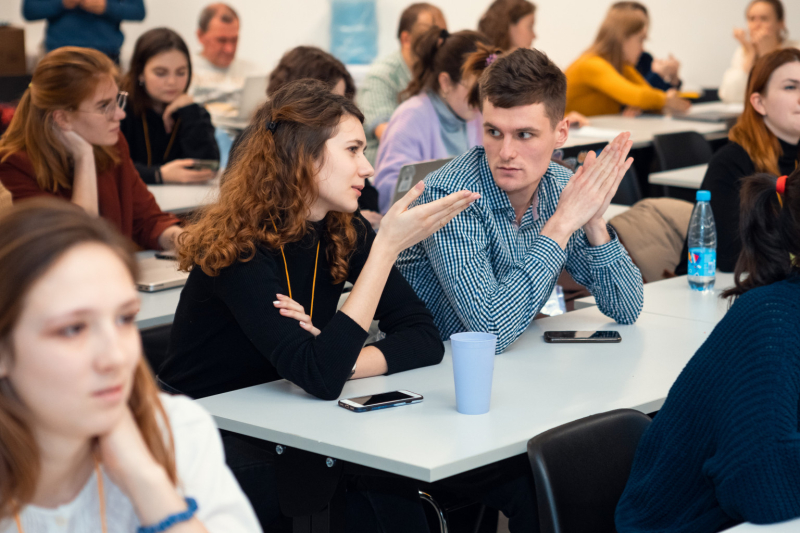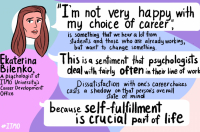Roman Gaponenko
From construction to nanotechnology
Reasons for a career change. I earned a Specialist’s degree in industrial and civil construction from St. Petersburg State Transport University and had been in the field for around six years. I examined historic buildings and designed load-bearing systems for large residential structures, sports and religious facilities in Moscow, St. Petersburg, and the Crimea. One of the projects I had a hand in received major European awards.
Alongside my work, I also studied English and actively searched for a construction job that required English proficiency – but no such luck. At that moment, I began contemplating changing my career. I wanted to be part of international projects, practice my English skills, and escape the boredom and monotony I experienced at my work. Back then, the construction industry was leaning towards 3D design. Our superiors, however, didn’t seem exactly interested in running retraining programs for us, whether because they feared that we would expect higher salaries or didn’t want to invest in new software and training.
Rather than teaching myself 3D modeling via then-crude software, I decided that this was an excellent chance for me to pull off a major change and get into nanotechnology. I was fascinated by the field’s rapid development and technological nature. I didn’t exactly grasp the physics of certain phenomena, like lasers, sensors, or screens – and I wanted to figure that out. To do so, I enrolled into ITMO’s Advanced Quantum and Nanophotonic Systems (then-Nanophotonics and Metamaterials) international Master’s program. Of the few universities available, I was most interested in the Skolkovo Institute of Science and Technology (Skoltech) and ITMO University. But I had no desire to leave St. Petersburg, so I opted for ITMO.
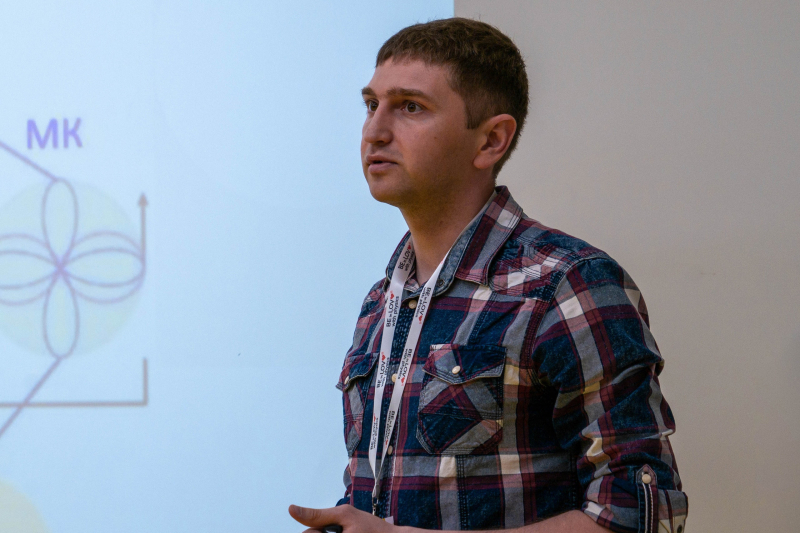
Roman Gaponenko. Photo courtesy of the subject
Career-switch path. I knew that nanotechnology is a promising yet research-intensive field that wasn’t easy to get into. With that in mind, I took a month off and started preparing for the entrance exam. Luckily, my natural bent for mathematics was a big helper when I was learning the subject from scratch.
The first six months at the university were intense. We had deadlines each day and harder still, the classes were in English. With each semester, however, we delved more into research activities, and I learned more and more. As for my thesis, I studied the superdirectional effect in dielectric antennas.
Current job. In 2021, I completed my Master’s and decided to pursue my PhD at ITMO. As of now, I’m studying electrically small antennas (shorter than a wavelength) and looking for a way to enhance their efficacy to reduce their size and weight, without diminishing their characteristics. Together with my colleagues, I also look into fluorescence, chiral radiation, and some spectral properties of radiation, which may be of value for quantum computing, optical communications, and the development of various sensors.
I truly enjoy the atmosphere at ITMO’s School of Physics and Engineering, just as much as I like what I do now and the supervisor I work with. I gained some theoretical knowledge and experience in running radiophysical measurements, numerical modeling of electromagnetic processes, and programming. I occasionally speak at conferences, publish scientific papers, and also now have joint projects with international colleagues in radiophysics and optics. Although my path was thorny, I don’t regret the choice I made.
Dmitry Karanov
From teaching to machine learning
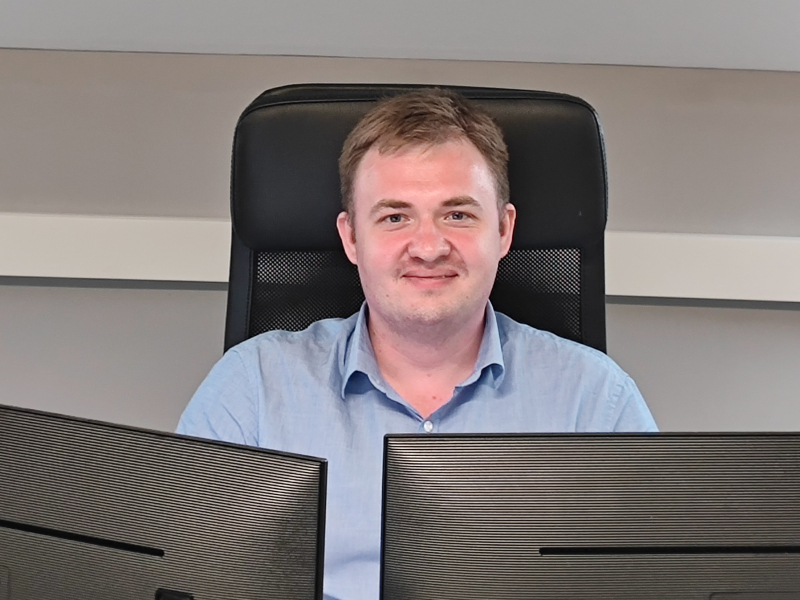
Dmitry Karanov. Photo courtesy of the subject
Reasons for a career change. In 2010, I graduated with a Specialist’s degree in health & safety from Herzen University. After that, I spent over six years as an associate professor at the university. In total, my teaching career spanned 10 years.
I became interested in machine learning in 2018 during an anthropological field study in Cyprus. Then, I didn’t have enough qualitative data to prove a hypothesis. Later, I learned to work with quantitative data by studying Python and data science on Coursera, as well as taking other programming MOOCs in machine learning, web and mobile development and more.
Having acquired enough skills, I started developing my IT projects from scratch: first, I would make a plan; then, I would collect data, train models, and create applications. Two examples of such projects are MushHunt (a mushroom classifier that includes over 500 species) and an online quiz to boost your cognitive skills (available on Google Play).
I enrolled in the Artificial Intelligence Master’s program to deepen my knowledge of machine learning and improve my personal projects. Once I was at ITMO, I realized that I wanted to fully transition to IT.
Career-switch path. I learned about the program via my own Telegram bot that accumulated the most interesting announcements from different websites. I got into the program based on the results of my entrance exams because I couldn’t complete the task within the Junior ML Contest in time – so I considered it a challenge to enter anyway.
As a Master’s student, I put aside my own projects and got an internship at 3DiVi, a company specializing in computer vision. There, I worked on an app that helps detect anomalies in videos. At the same time, I kept teaching; I could combine my work, studies, and internship because the program is taught online and I am adept at time management.
Being a Master’s student at ITMO means that you can create the environment for your own growth. Here, you can complete courses from the curriculum, as well as additional ones offered by the university and its partners. Only you decide what you train to be. One great benefit of our program is that it’s product-oriented – every student has their project that they need to complete.
Current job. After my internship, I got a job offer from 3DiVi for the position of computer vision algorithms developer. I was a junior+ level developer, and among my responsibilities was the development of a computer vision module that detects people who demonstrate unusual activity.
Five months later, I received an offer from another company, Tikhie Kryliya. They invited me for a middle-level position with greater responsibilities. Now, I have completed my first year of the Master’s program – in under eight months since my transition to IT, I have gone from an intern to a middle-level developer.
My salary now is two or three times higher than the one I had as a teacher. However, for me, there is one other advantage in IT that is worth all the money in the world: this field gives you the opportunity for unlimited creativity; programming languages and their libraries are extremely productive tools, while machine learning is the driver of scientific progress. Programming is very rewarding for me and I am happy to contribute to projects that can improve the lives of millions.
Vladimir Barkovskii
From physics to machine learning
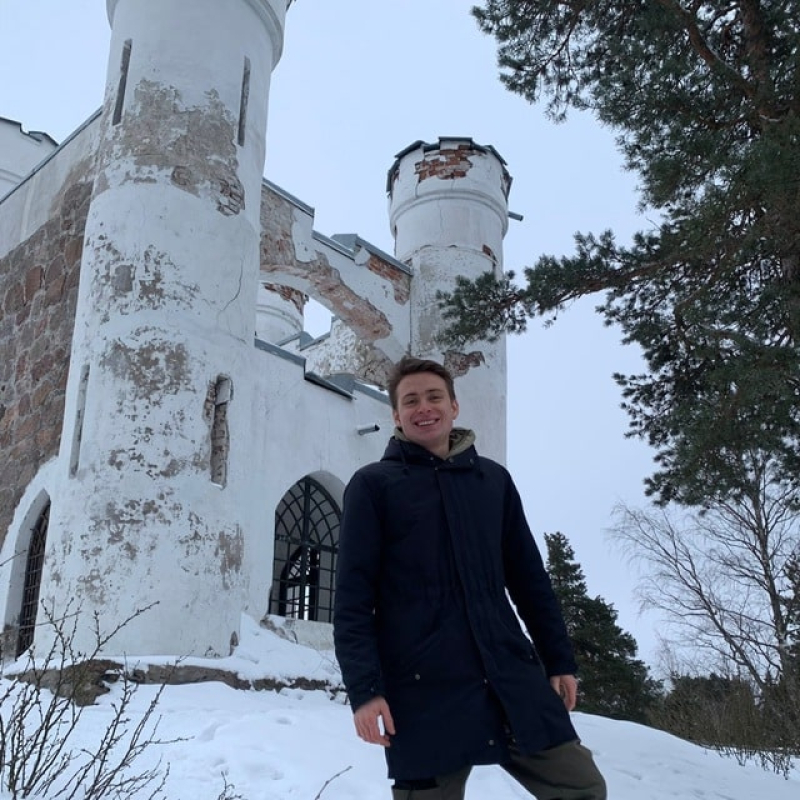
Vladimir Barkovskii. Photo courtesy of the subject
Reasons for a career change. I’d realized that theoretical physics wasn’t for me even before I graduated with a Bachelor’s degree in the field from Southern Federal University. Among other things, in my thesis, I explored machine learning applications in physics – and that’s when I developed an interest in this method.
I was drawn to data science because of its close-knit community, as well as the rapid growth of the industry: the number of problems solved by machine learning will only increase further. As for ITMO, I picked it because I liked the university’s image; moreover, my academic supervisor recommended it to me. A Master’s in machine learning seemed like a way to get the knowledge and experience I would need to land a job in the field.
Career-switch path. In order to prepare for the entrance exams of the Master’s program Big Data and Machine Learning, I completed online courses and attended open lectures. For both of my theses, I ended up analyzing spectra to extract information from nanostructures, but as a Bachelor’s student my goal was to predict their architectures – and as a Master’s student I aimed to detect the size of quantum dots.
Read also:
At ITMO, I acquired the practical skills that I rely on in my work; those are something I definitely didn’t have before completing my Master’s. I also had the chance to polish my presentation skills at conferences and defenses. Moreover, my thesis supervisor at ITMO became a true mentor for me; he helped me truly get going with practical tasks.
Current job. I am a data analyst at the financial platform KoronaPay; I got the job after only one semester at ITMO. My main responsibility is scoring: I evaluate risks and help companies make business decisions.
Thanks to my research, I was able to gain experience in the visualization and presentation of acquired results. I also learned to use the necessary tools for applied data analysis, analytical thinking, and big data processing. My Master’s program also equipped me with valuable skills in statistics, probability theory, and programming.
